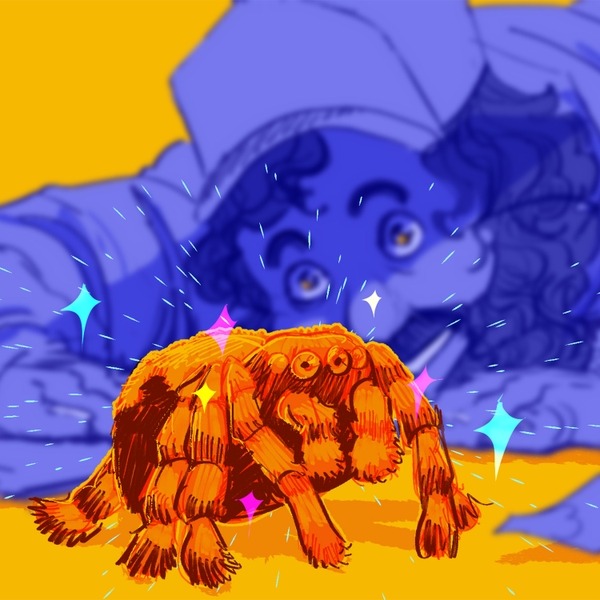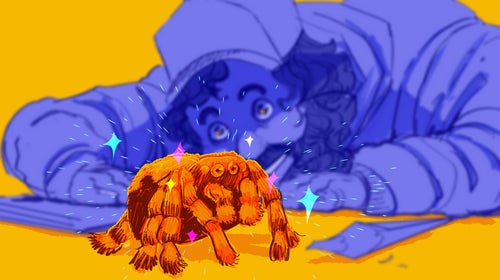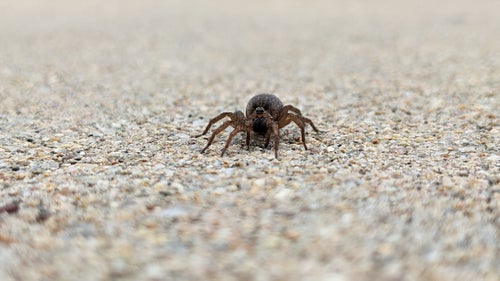Keep Your Bird-Watching—I’m a Spider Man
Some of you are thinking, Ewww, no way. But open your hearts to the truth: spiders are among the most fascinating creatures on earth, and great neighbors to boot (goodbye, mosquitos!). With climate change putting them in danger, they could use a few new friends.
New perk: Easily find new routes and hidden gems, upcoming running events, and more near you. Your weekly Local Running Newsletter has everything you need to lace up! .
My first spider—the one that started all this—was black, with a head like a garden shovel’s blade and eight beady eyes that all but disappeared against the velvet of its upper body. At the end of its abdomen, two fat spinnerets poked out like the notched tail of a fish; on its back, a cream-colored strip stood in contrast to the black. As spiders go, it was unremarkable. And as I watched it scuttle across the carpeted floor of my in-laws’ basement, I had no idea that it was about to send me down the deepest rabbit hole of my life.
It was September 2021, and I was having some trouble adjusting. My wife, our one-year-old son, and I had temporarily relocated from Colorado to her parents’ house in Lincoln, Nebraska, after my wife’s mother was diagnosed with cancer. I occupied my free time as best I could, but within a couple of months I had hiked all of the few local trails. After a decade in the Front Range, where I could explore somewhere different every week, it felt claustrophobic.
In need of a new, Midwest-friendly way to get outside, I decided to try birding. I spent hours watching my in-laws’ bird feeders through binoculars, jotting down sightings of house finches and northern flickers. But when I tried to branch out and cover more ground, I ran into a roadblock: my toddler son, who came along on most of my outdoor adventures and was constitutionally incapable of sitting still. On our first trip to a local wildlife refuge, I raised binocs to my face and immediately heard him beating feet down the trail. After spending 30 minutes trying in vain to corral the giggling imp, I gave up and headed home.
One night after putting him to bed, I was sitting on the couch when I spotted something dark moving across the off-white carpet: that little black spider. Inside my brain, something clicked. There were spiders living inside the house. If I could bird-watch, why couldn’t I spider-watch, too? Ignoring the crawling sensation on my skin, I took out my phone, got down on my hands and knees, and snapped a photo.
I put the image into a bug-ID app I’d downloaded, and it spit out a name: Herpyllus ecclesiasticus. The eastern parson spider, named for the way the white patch on its black abdomen resembles aĚýclerical collar. Unlike web-spinning spiders, the app told me, the eastern parson spider was a hunter, a nocturnal prowler that emerged from its hiding place to stalk its prey.
I had probably seen this spider a hundred times and never bothered to notice it. Now, as I watched it crawl away, I thought it had a kind of predatory beauty: the way the bristles on its back shined in the light, the way its pedipalpsĚýĚýflicked back and forth, feeling some vibration or tasting some pheromone I couldn’t sense.
What else, I wondered, called this basement home?







